Growing calibrachoa from seeds and cuttings, care features for lush flowering
A relative of petunia, calibrachoa (calibrochia) is gradually gaining popularity among flower growers. In addition to abundant flowering, they are attracted by the simple process of caring for an interesting flower. Let's get acquainted in more detail with calibrachoa - varieties, methods of reproduction and the intricacies of growing.
Description
Outwardly, the flower is very similar to petunia, because for a long time it was believed that this is one and the same plant. In 1990, scientists spread them into different genera, the reason is a genetic difference. Petunia DNA contains 14 chromosomes, calibrachoa - 18.
The external differences in calibrachoa are obvious:
- the base of the corolla is yellow;
- leaflets 1 cm wide in length do not exceed 4 cm;
- the structure of a strong stem is woody, it looks like a young shoot of a bush;
- the flowers are smaller in caliber, usually 3 cm, and their number is much larger.
Calibrachoa is often sold under the name Ampel Petunia or Surfinia. In order not to be mistaken, pay attention to the details:
- flower size - up to 3 cm;
- the color of the throat of the flower is yellow;
- the stem is strong, dense.
Popular varieties
The most popular are the following calibrachoa series:
- Million Bells - the most extensive line of varieties, includes 18 names, differing in the color of the corollas;
- Cabaret includes 12 forms, the predominant color of flowers is white, branches grow over a meter in length;
- Kablum - the owner of rich blue bell flowers, the length of the shoots is up to half a meter;
- Mini Famous Double Pink - a ruler with large (about 4 cm) double flowers, colored in various shades of pink. Shoot length - up to 70 cm;
- Noa - variety series of two-color calibrachoa of 6 items; the central part and base of the petals are different from the main tone, the length of the branches is up to 50 cm;
- Bells - 8 positions, the color of the flowers of the variety series varies from yellow-orange to deep burgundy. The branches grow up to 1 m.
Calibrachoa is grown as an ampelous plant, although it is not. But long flexible shoots, sloping downward, allow you to make cascading compositions in hanging pots.
How to grow calibrachoa?
Calibrachoa is grown as an ampelous plant using large flowerpots, hanging pots, baskets, balcony boxes. Less often, the flower is planted in open ground - in an ordinary flower bed it is difficult to protect it from winds, drafts and precipitation.
Location and lighting
Calibrachoa - whether it grows in a pot or in a flowerbed - requires certain conditions.
- The sun's rays should illuminate the plant in the morning or before sunset. The midday sun burns the leaves, at this time it is recommended to shade the flowers. The optimal location is south or southeast.
- Protection from wind, which can cause strong cooling of the soil and roots, "kill" the decorative effect of the aboveground part - break the shoots, ruffle the beautiful cap of delicate flowers. Drafts are highly undesirable.
Advice
Calibrachoa leaves and flowers are sensitive to water falling from above, so it is advisable to place the plants under awnings that protect from rain.
Soil composition and planting capacity
Calibrachoa loves loam and sandstone, but is not capricious on other soils. The main thing is the fertility and looseness of the substrate, the pH is neutral or slightly acidic. To increase the fertility, the soil mixture is supplemented with a small amount of slowly dissolving fertilizers.
Optimal composition:
- peat;
- humus;
- sod land;
- sand.
The volume of the container is calculated according to the number of plants planted in it - at least 3 liters each.
Drainage is required: calibrachoa has a negative attitude to moisture stagnation. Experts recommend adding a hydrogel to the substrate - it will take away all excess water, and then gradually return it to the soil.
Care
Lush, long flowering calibrachoa is achieved by following the rules of care. Let's get acquainted with all the subtleties.
Watering
Plants are watered moderately - it is easier for a flower to develop in dry soil than in waterlogged soil. After watering, the substrate should be slightly damp. The best time is early morning or light twilight.
Spraying calibrachoa is of much greater importance. She reacts to humid air with more gratitude. The plant is moistened with a finely dispersed sprayer daily, on hot days - 3-4 times a day.
Advice
Spray only when the plant is not in the sun. At the same time, the root parts are protected from moisture.
Top dressing
Flowers are fed weekly using complex fertilizers. When choosing complexes, it is important to consider that when planting, the plant needs more nitrogen, for lush flowering - potassium and phosphorus.
If the development of calibrachoa has slowed down, growth stimulants are added to the dressings.
Advice
For feeding, you can use complexes for petunias, in this regard they have the same tastes.
Formation
Calibrachoa shoots grow quickly, you can maintain the beautiful shape of the bush by pruning and pinching the shoots.
- Pinching is done while growing seedlings, stimulating the formation of side shoots.
- The first pruning in time is associated with the end of the flowering of the first flowers - as soon as the petals begin to wither, the flowers are cut off, allowing the plant to direct its forces towards the formation of new shoots and buds.
- In the middle of summer, the shoots are cut off dramatically, shortening them by about half. Dry, diseased, broken twigs and leaves are removed regularly as they appear.
Calibrachoa tolerates pruning easily, almost immediately starting to build up a replacement - fresh, bright, with buds.
Wintering
Calibrachoa is a perennial plant; in winter it is kept in a semi-dormant state, transferred to a room with a temperature of + 10–12 ° С. Watering during this period is scarce, feeding is not required.
It is noticed that after wintering the flower seems to lose its vitality, grows poorly, and the number of buds decreases. Usually winter rest is used for cutting and rooting cuttings.
Reproduction
The most common are planting by seeds and cuttings. Both methods have their advantages and disadvantages.
Growing from seeds
When starting to grow calibrachoa from seeds, you need to take into account the fact that offspring grown from self-collected seed in most cases will not look like their parent. Instead of a bush with pink double flowers, for example, a wild boar can grow with tiny, few flowers of lilac color. A guaranteed beautiful, lush blooming bush is grown from "professional" seeds purchased in specialized stores.
Calibrachoa seedlings need careful care as they are very vulnerable at a young age.
The cultivation technology consists of the following stages.
- Sowing is carried out at the end of winter or at the very beginning of spring.
- The seeds (if necessary) are soaked with a solution of "Epin" or "Zircon" or homemade stimulants (honey, aloe juice) during the day.
- The ideal germination medium is peat tablets. They are moderately saturated with water, the seeds are spread over the surface. When sowing a large number of seeds, a mixture of peat, compost, sand and garden soil with the addition of mineral complexes is used, which is filled in the seedling box.
- Seeds are germinated in greenhouses, maintaining high humidity and a temperature of 18-20 ° C.
- Crops are kept in a well-lit place, but not in the sun, supplementary lighting up to 15-16 hours a day.The lights are turned off at night.
- Crops are moistened by spraying 3-4 times a day, watered daily with warm water.
- With the appearance of sprouts, the greenhouse begins to be aired, the seedlings are gradually accustomed to sunlight. The shelter is usually removed when the seedlings are 4-5 days old.
When the shelter is removed, peat tablets are poured with a small amount of water with potassium permanganate. The appearance of the first leaves is "celebrated" by watering with vitamin B12 (1 ml - standard ampoule - for 300 ml of water).
Water the seedlings with warm soft water, melted or filtered. They are fed once a week with complex fertilizers at the rate of a quarter of the dose intended for an adult plant per seedling. It is recommended to alternate root and foliar feeding.
When the roots begin to support the tablet grid, the seedlings are transferred (without destroying the tablet!) Into cups with holes to drain excess moisture. A drainage layer is placed on the bottom of the containers, the free space is filled with a nutrient substrate. Pinch the top of the seedling.
In a permanent place - in flowerpots, flowerpots, boxes - seedlings are planted when stable warm weather with a temperature above 20 ° С is established.
Advice
When growing calibrachoa from seed, pay attention to the need for presowing treatment. Not all varieties and forms require the use of stimulants. For example, the seeds of the Kablum variety series sprout together without additional stimulation.
Cuttings
Cuttings are either cut in winter, when the flower is resting, and metabolic processes slow down, or the shoots remaining after the formative pruning are used. Their quality is the same - they both take root well.
- The best cuttings are the tops of the shoots, about 6 cm long, with 4 or 5 leaves. The pair of the lower ones is removed, the remaining half of the sheet plate is cut off.
- The rooting substrate is selected light, with a high peat content. Purchased universal for indoor plants is suitable.
- The cuttings are planted, deepening by a quarter, moistened and covered with a transparent lid to maintain high humidity.
- Rooting conditions: temperature about 20 ° С, bright diffused lighting, no drafts and sudden temperature changes.
- Greenhouses are ventilated daily.
- Water it twice a day using a spray bottle. The soil should be moderately moist.
Cuttings are planted in small pots after 3-4 weeks: in two weeks they will sprout roots, a week or two will be needed to strengthen them.
Before planting in flowerpots, calibrachoa cuttings are looked after as houseplants - moderate watering, top dressing.
If by the time of transplantation the bush grows excessively, a new batch of cuttings is cut from it and rooted.
Diseases and pests
Calibrachoa, with proper care and timely feeding, is rarely exposed to diseases and pest attacks. If the flowering has sharply decreased, external signs of ill health are noticeable - we are looking for the cause.
- From diseases, the flower is susceptible to powdery mildew, black leg, root rot - all of them are caused by fungi. During the treatment, the affected parts of the plants are removed, and they are treated with fungicides. Be sure to regulate watering, since it is the excess of moisture that provokes these diseases. Experts recommend using the biofungicides Fitosporin-M or Alirin B as environmentally friendly.
- Fading of leaves, changing their color to yellow or white without wilting are signs of chlorosis. It usually occurs due to the high hardness of water for irrigation or a lack of minerals, less often it is viral in nature or is carried by pests. Sometimes the disease is associated with improper watering. To cope with chlorosis help drugs "Ferrovit", "Ferrilene", Fe +, "Antichlorosin".
- Sap-sucking parasites attack weakened plants. Spider mites, aphids, whiteflies and thrips pose a threat to calibrachoa. They are used against insecticides "Aktellik", "Aktara" and others.
Advice
When choosing a drug for treating a plant or destroying insect pests, preference is given to less toxic ones, since most of them are designed for use in open ground in large areas.
Growing calibrachoa in the garden or on the balcony of a high-rise building is an exciting activity that does not require special knowledge, available for novice florists. For proper care, the flower will thank you with colorful flowering.
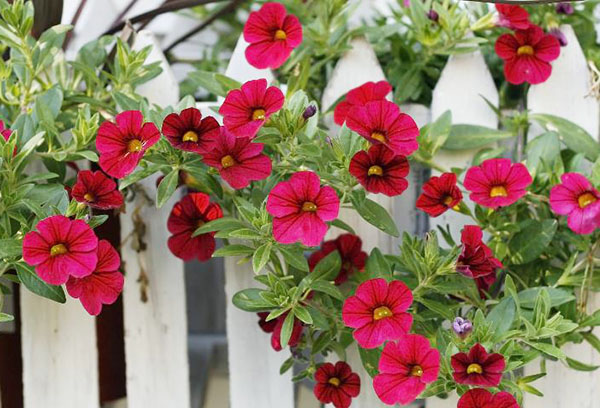
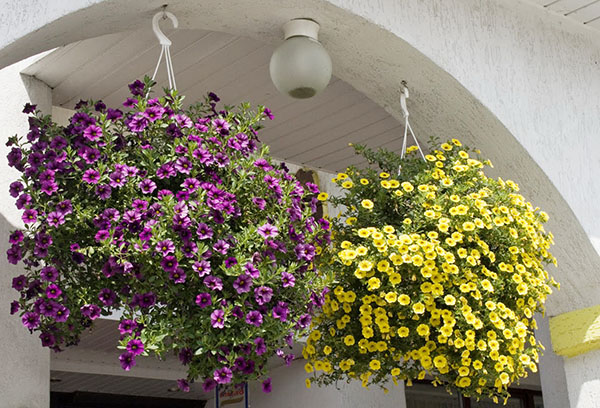
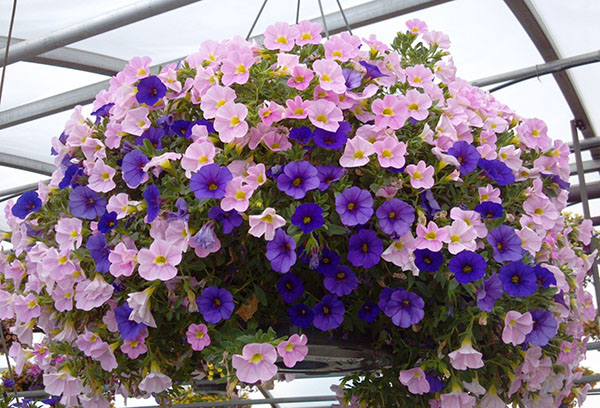
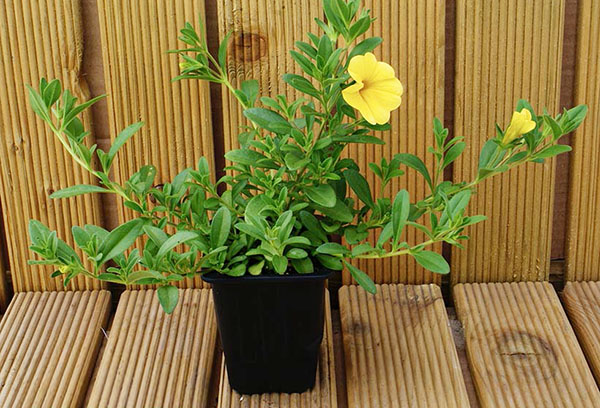

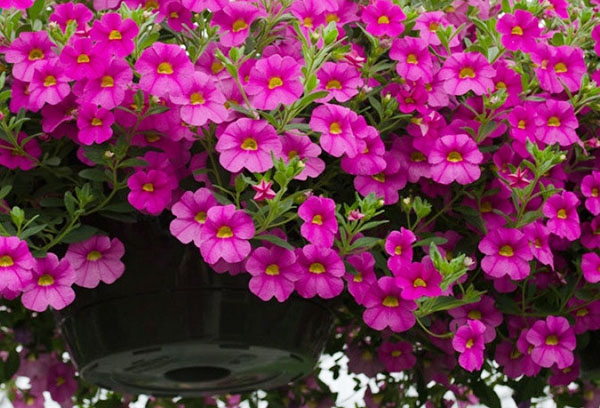
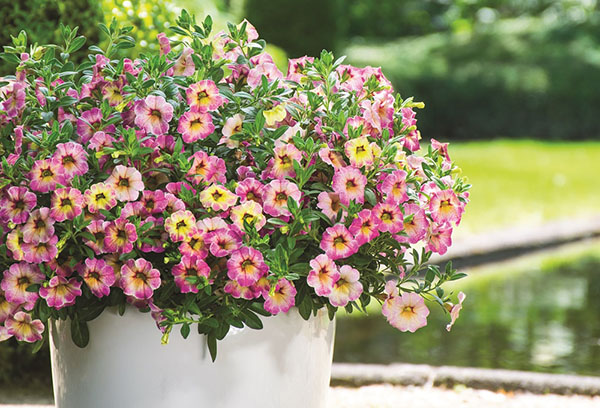
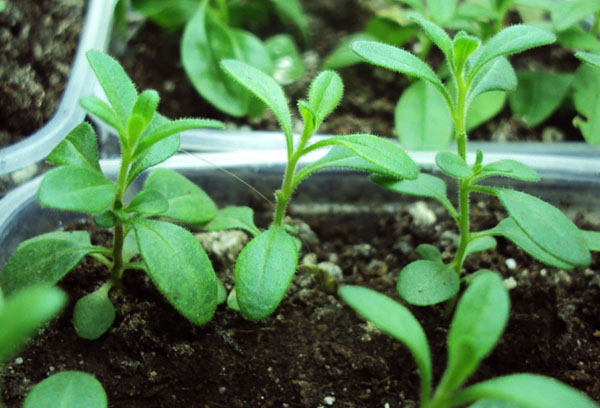
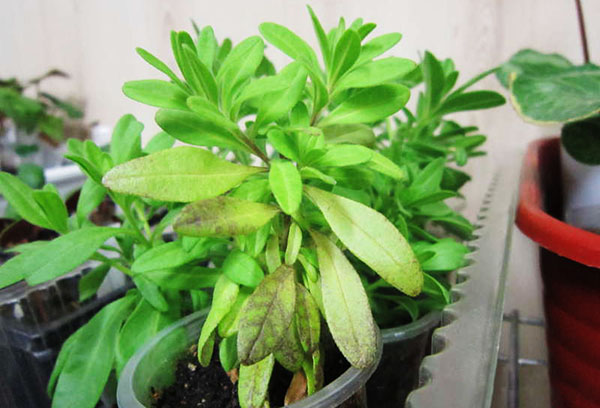
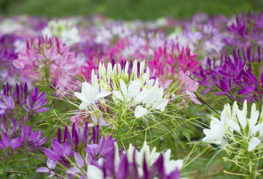


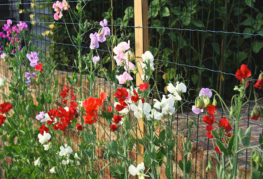
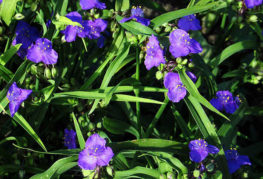
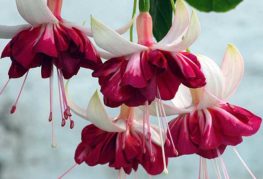
and will be published shortly.